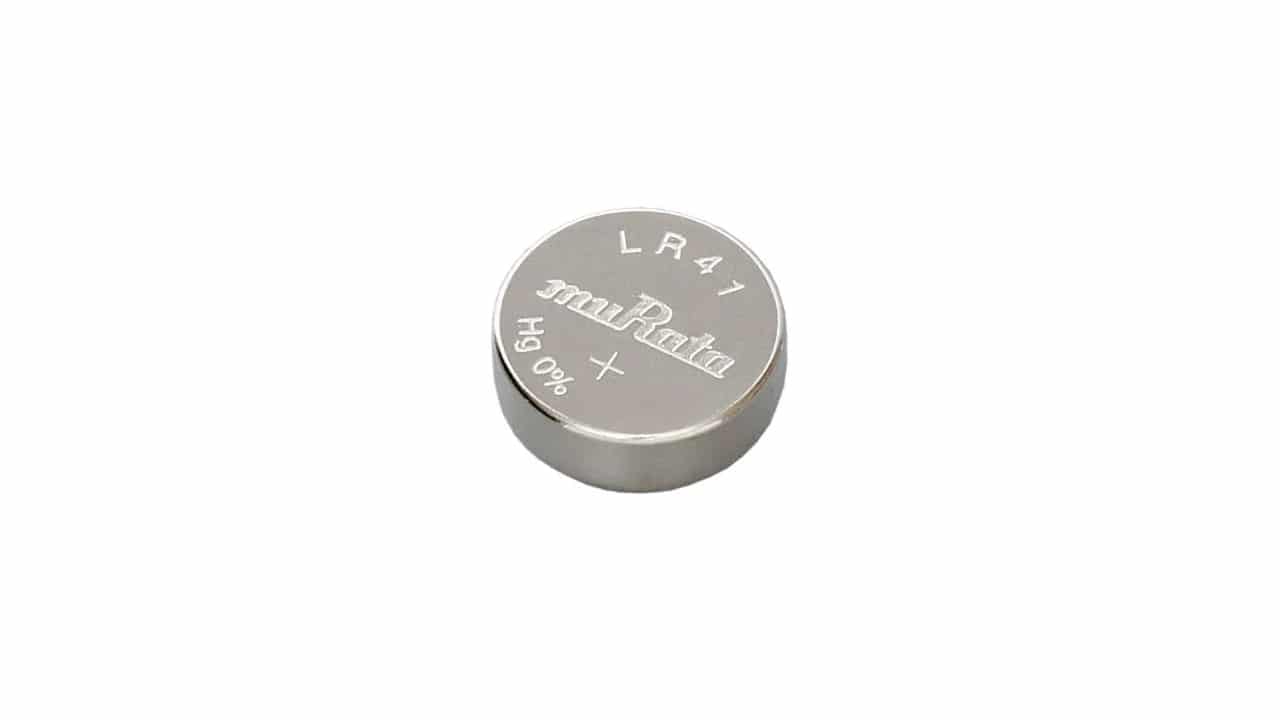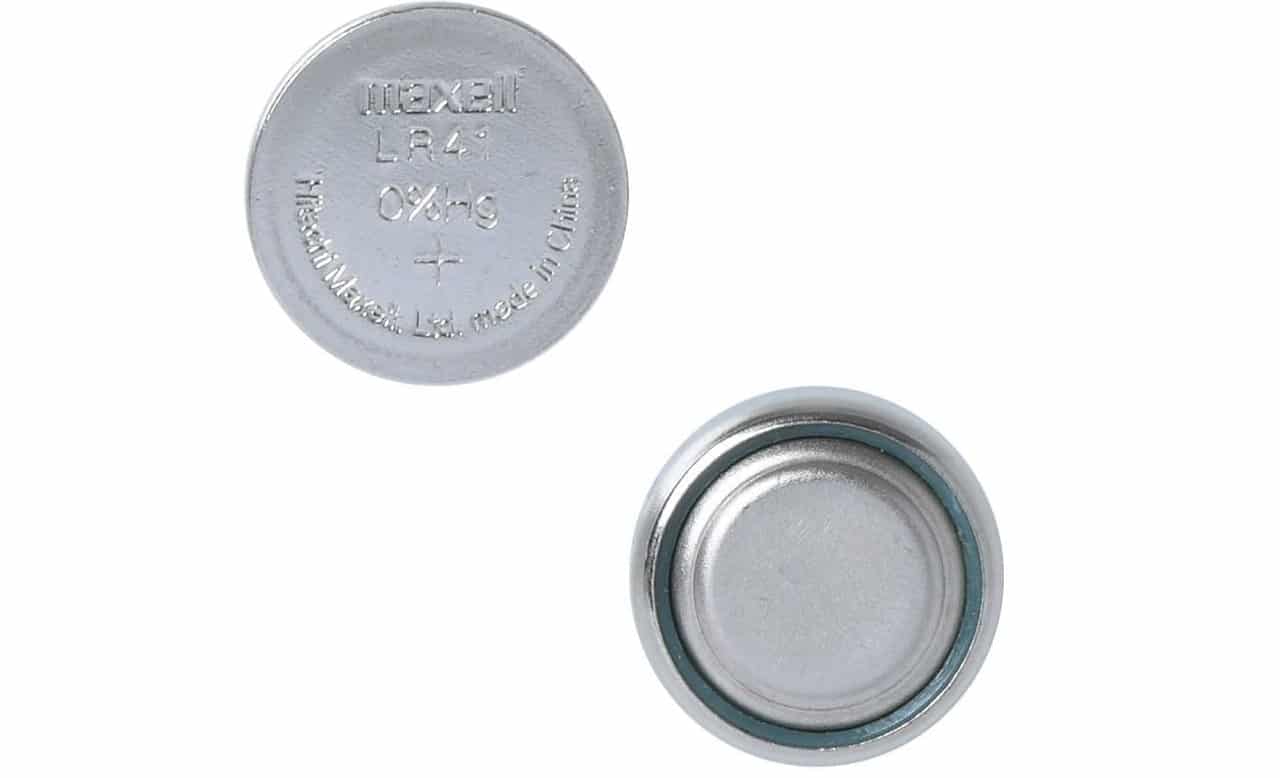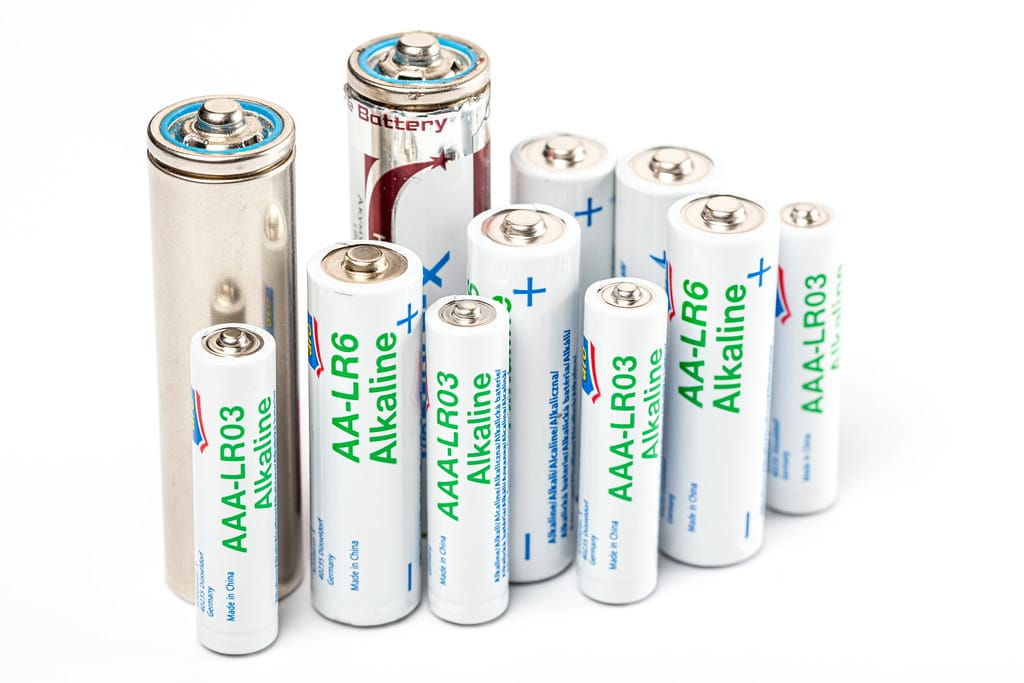
In the market there is a huge amount of batteries with different voltages, capacities, and also with a multitude of forms. Each one oriented to a specific type of device. One of them we have already analyzed in the past, as it is the CR2032. Now, in this article, we will analyze a "sister" of this, as is the LR41, which also belongs to the so-called button batteries.
Its characteristics make it ideal for certain types of applications where size and duration matter, and with power demands not as high as in other larger devices ...
What is LR41 battery?
La battery or LR41 battery it is a type of battery in the button family. It is also considered alkaline and non-rechargeable. Its voltage is 1.5 volts, with a fairly small size for electronic devices that need a low energy demand, such as watches, laser pointers, calculators, and other electronic devices.
Regarding the composition of their cells, these types of batteries use different chemicals for its funtionability. With an external metal casing whose positive pole is the flat part where the inscriptions usually have, with the opposite face being the negative pole. As for the duration, they could be up to 3 years in storage.
Where to buy LR41 batteries
You can find these types of batteries in several specialized stores, although they are not as easy to find as type A, which are more popular. However, on platforms like Amazon you can buy per unit or in packs:
More about batteries
Must be differentiate between battery and battery, although generally both terms are used indifferently (the reason is the term battery in English, which is ambiguous and works for both), if you want to be more strict, you can do the following:
- Battery: the battery can recover its charge if an electrical current is supplied to it, that is, there are no batteries that are not rechargeable. In addition, they suffer self-discharge in days or months when they are not being used.
- Pila: undergoes an irreversible process, and when they are downloaded they cannot be reloaded. Instead, they can be stored for years without significant self-discharge.
Battery types
Stacks can be divided into two great families, and within them they can also continue to be cataloged according to type and characteristics:
Not rechargeable
All the non-rechargeable batteries they should not be tried to load, as they can be damaged, they are not made for that. They are designed for single use only. Within this group are:
- Cylindrical: they are the most popular, and the ones you can find in wall clocks, remote controls, etc. Among these are:
- Alkaline: are very common today. They are composed of zinc as the anode and manganese dioxide as the cathode. This type of battery is very durable, and should be kept at around 25ºC or less for proper conservation. According to the dimensions, there are AA (LR6), AAA (LR03), AAAA (LR61), C (LR14), D (LR20), N (LR1) and A23 (8LR932), all being 1.5 volts and with different sizes , except the last one which is 12V.
- Salinas: these batteries have zinc-carbon, and are increasingly in disuse due to their lower capacity and duration compared to alkaline ones. You will also find the same types, such as AA, AAA, AAAA, etc., but they have different IEC and ANSI codes.
- Lithium: They include lithium in their composition, and there can be several types with very low self-discharge, of only 1% per year. In addition, they have a very wide operating range, from -30ºC to 70ºC. Inside you can find those of iron and lithium disulfide, such as AA or AAA of 1.5v, those of lithium-thionyl colouro of 3.6v, those of manganese dioxide-lithium, of 3v ...
- Rectangular: As their name suggests, they are rectangular shaped batteries, different from cylindrical ones. In the past they were much more popular, although today they are not used as much due to their size. In these, voltages above 4.5v can be reached.
- Alkaline: the so-called LRs can range from 4.5v for the battery pack or 3LR12, to 9v for the PP3 (6LR61), through 6v for the flashlight battery (4LR25).
- Salinas: As with the cylindrical ones, they have also fallen into disuse and are rarely used, only for very specific applications where they can have some advantage over alkaline ones. You find guys like PP6 and PP9 ...
- Lithium: There are also square lithium batteries, usually with lithium thionyl chloride or lithium manganese dioxide. Both of 9v.
- Button: within this section the LR41 of this article would enter. They are batteries that, as their name suggests, are button-shaped. They are used for devices with low electrical demand and small size, such as watches, hearing aids, etc.
- Alkaline: they are 1.5v batteries, with codes like LR54, LR44, LR43, LR41 and LR9.
- Lithium: there are also some with voltages of 3v. With a long useful life and capable of working in very wide temperature ranges. These batteries are marked CR for lithium manganese dioxide and BR for lithium-polycarbonate monofluoride batteries (lithium thionyl chloride also exists, although they are rarer, with 3.6v and lifetimes that can exceed 10 years , for critical applications and TL code). For example, the CR1025, CR1216, CR2032, BR2032, CR3032, etc. All of them with different dimensions.
- Silver oxide: they can reach 1.55v and have a very good low temperature performance. They are distinguished by SR codes, such as SR41, SR55, SR69, etc.
- Air-zinc cells: they are very common in hearing aids due to their size and easy installation. With voltages of 1.4 volts. Its code is PR, like PR70, PR41 ...
- Camera Batteries: They are similar to the previous ones, and there are also lithium ones, but they usually come in special packaging for these devices. They are larger in size, and can supply voltages from 3 to 6 volts. With CR codes in this case. Such as CR123A, CR2, 2CR5, CR-V3, etc.
Rechargeable
As its name implies, they are batteries, although many say rechargeable batteries (in fact, they can have the same format and look as non-rechargeable batteries). These types of batteries are not intended for single use, but can be used over and over again, with many charge-discharge cycles. The most commons are:
- Nothing: D: These nickel-cadmium batteries were very popular, and they are being used less and less due to their memory effect. That is, its capacity decreases with use. They can last about 2000 charge and discharge cycles, which is a very remarkable figure.
- NiMH: they are quite popular, and do not have as much memory effect as the previous ones. In addition, they support higher energy densities, which is also positive. They have their high rate of self-discharge and their low charging speed compared to NiCd. They are also more sensitive to changes in temperature. They last between 500 and 1200 charge-discharge cycles.
- Li-Ion: they are the most used today for their fantastic properties. They support higher energy density per cell than NiCd and NiMH, so they can be built very compact and lightweight. Their memory effect is practically negligible, as is their self-discharge rate, but they have weak points, since their durability does not reach NiCd cycles. In this case, they are between 400 and 1200 charge-discharge cycles.

